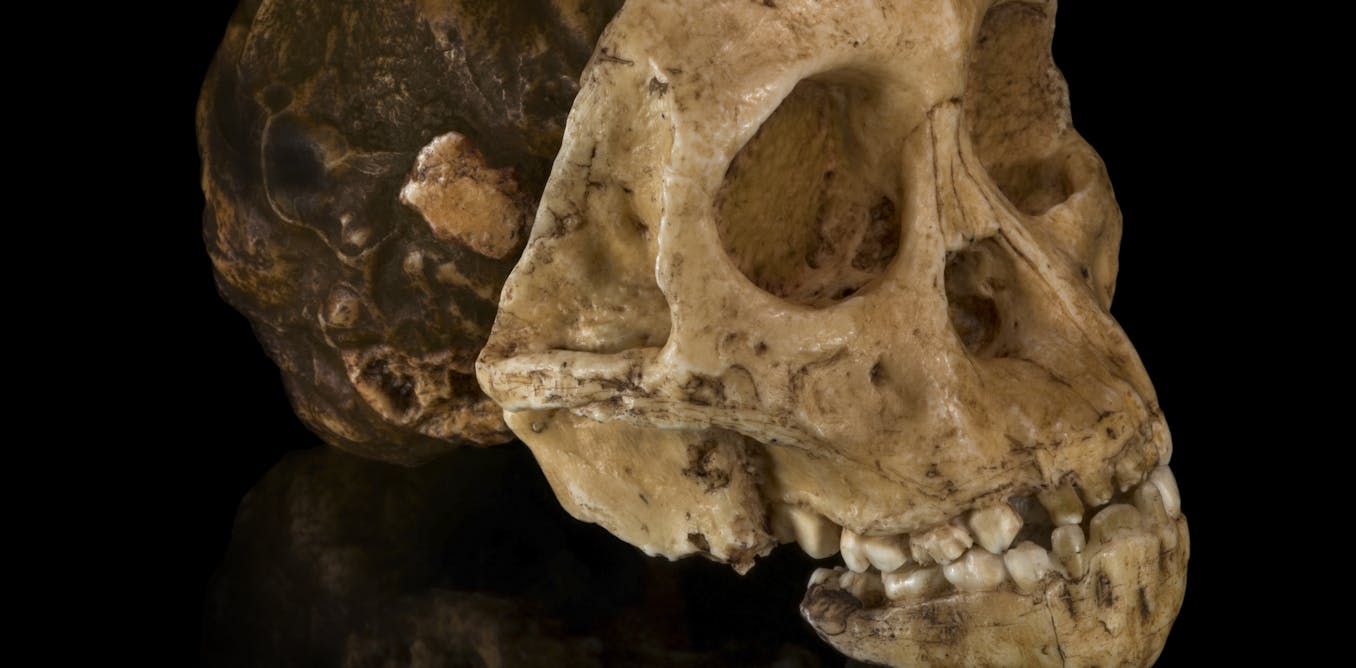Taung child: the controversial story of the fossil discovery that proved humanity’s common origin...

The Taung Child: A Century of Scientific and Social Evolution
A Paradigm Shift in Human Origins
A century ago, a groundbreaking discovery rocked the scientific world. Unearthed in a South African lime mine, the Taung child skull, as it became known, challenged prevailing notions about human evolution. Raymond Dart, the Australian anatomist who described the fossil in Nature, boldly declared it a new hominin species: Australopithecus africanus. This marked a pivotal moment, shifting the focus of human origins to the African continent.
Challenging Eurocentric Bias
Dart's assertion was initially met with ridicule. The prevailing scientific community, entrenched in Eurocentric biases, clung to the belief that humanity originated in Europe or Asia. Christa Kuljian, a research associate at the University of Witwatersrand, highlights the racist undertones of the era:
“Scientists argued that humans had evolved in Europe or perhaps Asia, and that belief was influenced by the false assumption that many scientists had that Europeans were superior to other people from around the world, and that there was a hierarchy of race. Paleoanthropology and the search for human origins had its roots in that era of racialised thinking and white supremacy.”
While Dart's findings ultimately overturned these prejudiced beliefs, his own legacy is complex. Like many of his contemporaries, he engaged in ethically questionable anthropological practices rooted in racial classification.
“They were not only collecting ancient fossils, they were also collecting human skeletons. And scientists thought that humans could be divided into separate and distinct racial types based on physical characteristics. They thought that these pure racial types, which we now know do not exist, would give them a clue to understanding human evolution,” explains Kuljian.
Unsung Heroes and Forgotten Histories
The narrative surrounding the Taung child, like many scientific breakthroughs, often centers on the “lone genius” trope. Dipuo Kgotleng, director of the Palaeo Institute at the University of Johannesburg, emphasizes the importance of acknowledging the often overlooked contributions of local communities.
In the case of the Taung child, it was observant mine workers who initially recognized the skull's significance and brought it to the attention of Dart's colleague.
“For a scientist to have that fossil in hand there was somebody who was on the ground assisting with that excavation. There were other labourers who were there, in most cases they never get recognised … we need to recognise all the workers in that whole process of the discovery through to publication,” Kgotleng argues.
Taung Today: A Legacy Yet to be Realized
Despite its historical importance, Taung remains largely unchanged since the 1920s, according to Kgotleng, who previously served as the town's archaeologist. Sadly, the scientific significance of the Taung child hasn't fully permeated the local community. Kgotleng notes that “the knowledge about the science has not filtrated through to the locals.”
Further Exploration
To delve deeper into this fascinating story, listen to The Conversation Weekly podcast featuring interviews with Kuljian and Kgotleng, along with an introduction by Natasha Joseph, science commissioning editor at The Conversation Africa. Both researchers also contributed papers to a special centenary issue of the South African Journal of Science.
This podcast episode, written and produced by Katie Flood with contributions from Mend Mariwany, and hosted by Gemma Ware, features sound design by Eloise Stevens and theme music by Neeta Sarl. It's available via podcast apps, RSS feed, and other listening platforms.